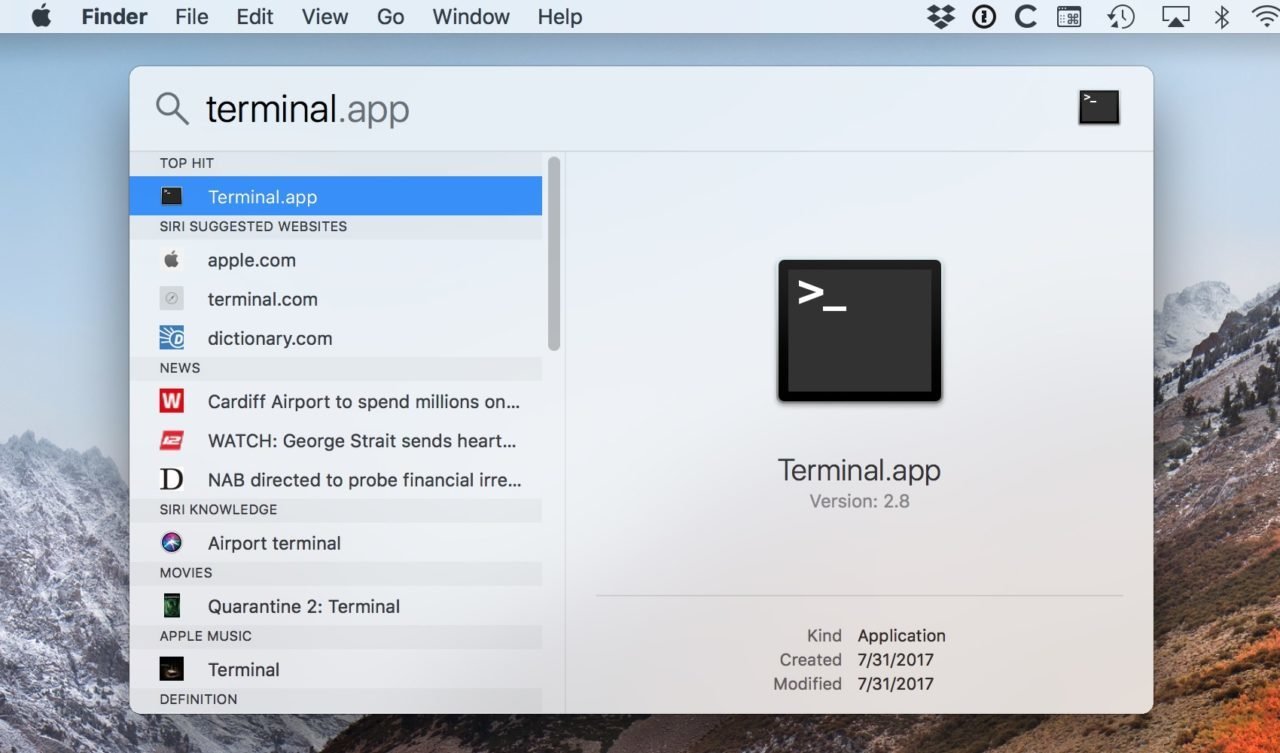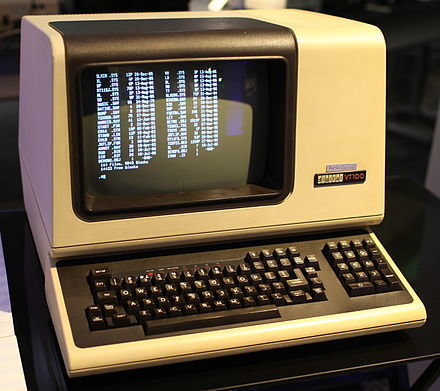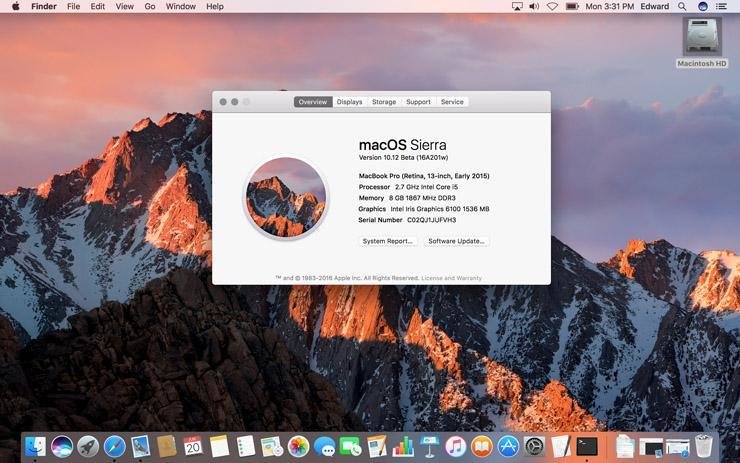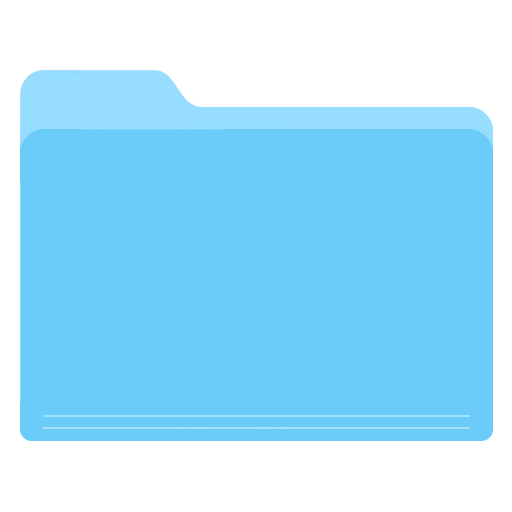
Atsushi (@atsushi)
The "hacker" screen


Looks intimidating at first

Not really lol
End Goal:
1. Not be intimidated
2. Learn basic syntax
3. Be able to navigate around the file system
How to open Terminal:
Mac

How to open Terminal:
Windows

How to open Terminal:
Windows
https://repl.it/languages/bash

Early CLI


Designed to be used for advanced users
GUI


Designed to be used for EVERYONE
So what is it do?
CLI is like directly talking to your computer
both the GUI and CLI are ways you can interact with your computer
GUI

Your OS






Choose 1 of many pre-made instructions
CLI

Your OS


Describe specific instruction you want
Why learn CLI?
Faster
More powerful, expressive and precise
Easy to automate
Many useful tool (ex. git)

KEY IDEA
Everything within the shell happens in your file system!

Username
System Name
Current Location In a file system
Your command
Bash Syntax
- doSomething how toFiles
- doSomething how sourceFile destinationFile
- doSomething how < inputFile > outputFile
- doSomething how | doSomething how | doSomething how > outputFile
Lingo

= folder Directory
= beginning ofcommand
$
= comment
#
= command
$ abc
= flag
$ abc -p
Lingo
= Current Directory
./
../
= Directory one level up
= Directory two level up
../../
= User Home Directory (/home/atsushi)
~/
= System Home Directory
/
doSomething
pwd
print working directory
$ pwddoSomething how
ls
list files / dirs
$ ls
$ ls -1 # Show 1 per line
# Long format list
# (permissions, ownership, size and modification date)
# of all files:
$ ls -la
doSomething toFiles
cd
change directory
$ cd ~
$ cd ~/DownloadsdoSomething toFiles
man
manual
$ man man
$ man pwd
$ man lsalso check out https://tldr.sh
doSomething how toFiles
mkdir
make directory
$ mkdir ex_dir # Same as ./ex_dir
$ mkdir ../ex_dir
# Create dir recursively
$ mkdir -p ex_dir/dir1doSomething how toFiles
rmdir
remove directory
$ rmdir ex_dir # Same as ./ex_dir
$ rmdir ../ex_dir
# Create dir recursively
$ rmdir -p ex_dir/dir1doSomething how toFiles
touch
create new file
$ touch ye.txt # Same as ./ye.txt
# Set the times on a file to a specific date and time:
# touch -t YYYYMMDDHHMM.SS filename
$ touch -t 201801010930.55 ye.txtdoSomething how toFiles
echo
$ echo "Hello World"
# Print the variable $HOSTNAME
$ echo $HOSTNAME
# sidenote: define varibale with export
$ export TEST_BOI=10Chaining commands
echo "xyz" > output.txt
print the text to the output file
echo "yes" && echo "no"
Pass the output of one command to another for further processing
ls -la | grep ye.txt
print "yes" and then "no"
doSomething how sourceFile destinationFile
mv
move file
# Move ye.txt one level up
$ mv ye.txt ../
# Rename file
$ mv ye.txt kanye.txt
# Vervose move (print result)
$ mv -v kanye.txt ~sudo doSomething
sudo
do something in super user privilage
# Create file & set high privilate
$ touch ye.txt && chmod 000 ye.txt
# Try to print the content of the file
$ cat ye.txt # ERROR
# Print file with super user privilage
$ sudo cat ye.txtBonus
code / atom / <editor_name>
open file / dir in your
# "code" is for Visual Studio Code
# Open 1 file
$ code ye.txt
# Open a whole directory
$ code .
# Open a whole directory in atom
$ atom .
YOU DID IT


Resources

https://code.ubyssey.ca/resources
Intro to CLI
By Atsushi Yamamoto
Intro to CLI
Intro to Command Line Interface
- 1,550



